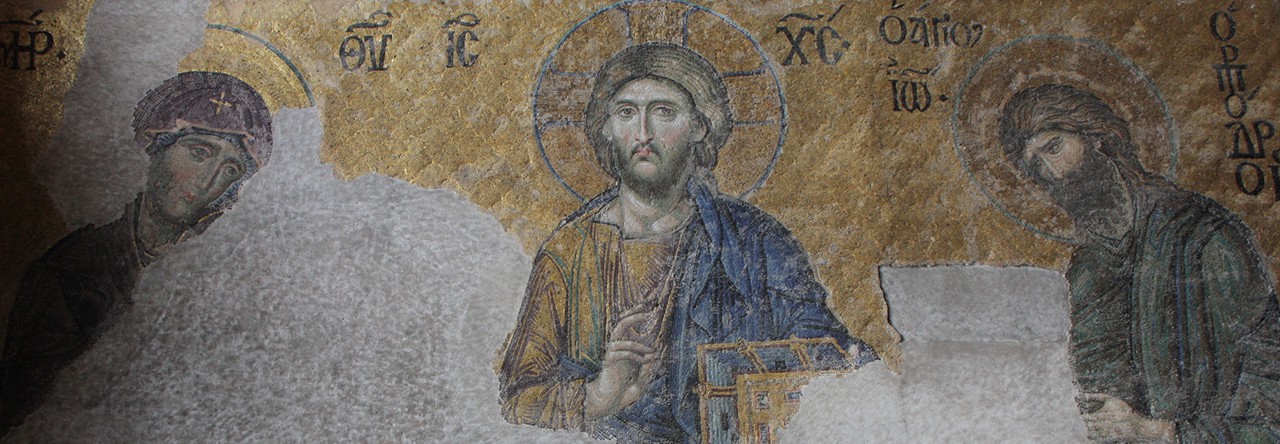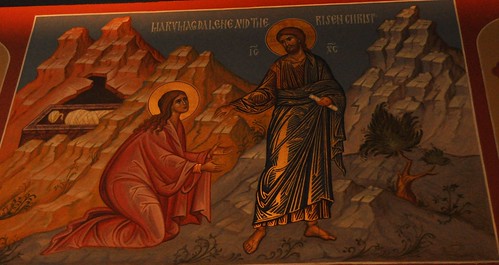The Third Sunday after Pascha is dedicated to the memory of the Holy Myrrhbearing Women Disciples of the Lord. Saint Gregory Palamas (d. 1359AD) says in a sermon:
 “The Resurrection of the Lord is the renewal of human nature, and the renewal, re-creation and return to immortality of the first Adam who was swallowed up by death because of sin, and through death went back to the earth from which he was formed. In the beginning, nobody saw Adam being made and brought to life, for no one existed yet at that time. However, once he had received the breath of life breathed into him by God (Gen. 2.7), a woman was the first to see him, for Eve was the first human being after him. In the same way, no one saw the second Adam, that is the Lord, rising from the dead, since none of his disciples were present and the soldiers keeping the tomb had been shaken with fear and became like dead men. But after the resurrection it was a woman who saw Him first of all, as we heard today in Mark’s Gospel, ‘Now when Jesus,’ it says, ‘was risen early the first day of the week, he appeared first to Mary Magdalene’ (Mark 16.9).” (The Homilies,pg.144)
“The Resurrection of the Lord is the renewal of human nature, and the renewal, re-creation and return to immortality of the first Adam who was swallowed up by death because of sin, and through death went back to the earth from which he was formed. In the beginning, nobody saw Adam being made and brought to life, for no one existed yet at that time. However, once he had received the breath of life breathed into him by God (Gen. 2.7), a woman was the first to see him, for Eve was the first human being after him. In the same way, no one saw the second Adam, that is the Lord, rising from the dead, since none of his disciples were present and the soldiers keeping the tomb had been shaken with fear and became like dead men. But after the resurrection it was a woman who saw Him first of all, as we heard today in Mark’s Gospel, ‘Now when Jesus,’ it says, ‘was risen early the first day of the week, he appeared first to Mary Magdalene’ (Mark 16.9).” (The Homilies,pg.144)



